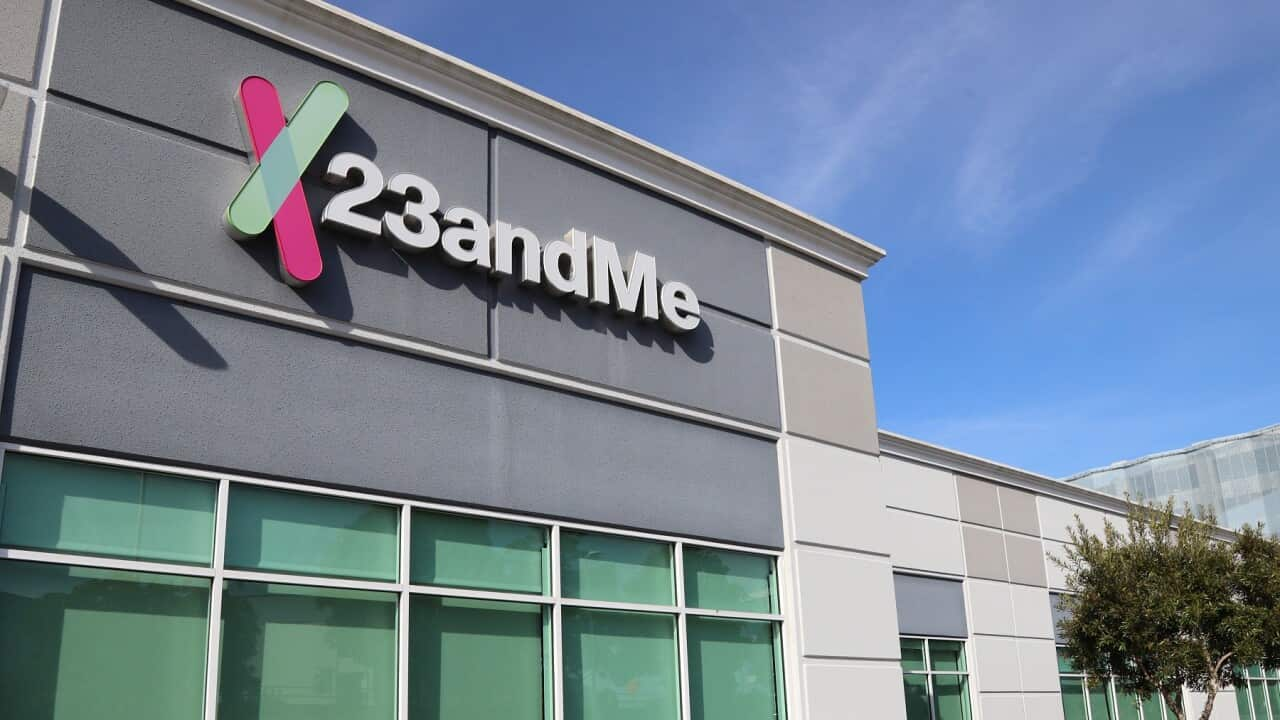TRANSCRIPT
Over the past 15 years, alternatives to the DSM have emerged.
One is the Hierarchical Taxonomy of Psychopathology, or HiTOP.
HiTOP is a grassroots project bringing together researchers from around the world and doesn't have any pharmaceutical or corporate funding.
Miri Forbes is an Associate Professor in the School of Psychological Sciences at Macquarie University.
She's part of a global group of researchers looking at the HiTOP model which recently did a study involving 15,000 people.
The main difference between the HiTOP system and systems such as the DSM is that HiTOP prioritises data to create a diagnostic model, while the DSM relies on committee consensus and clinical observations.
The HiTOP model pre-supposes mental health problems are difficult to put into clear-cut categories such as those found in the DSM.
Instead they lie in a spectrum somewhere between normality and pathology, as some other physical medical conditions do.
Associate Professor Forbes says there are limitations to systems such as the DSM.
“It's easy to misdiagnose people because the categories aren't clearly distinct and because they have all this overlap in them, and we see that different mental health professionals often assign different diagnoses to the same person. So if you see two different people that might give you two different diagnoses, and because the diagnoses don't line up well with how people experience symptoms, they often end up needing multiple different labels to capture what they're experiencing. And that can then lead to difficulties with treatment planning. It can become quite complex because of the mismatch between what we see and what people experience, and then the way that the DSM tries to sort people into neat categories.”
The study suggests a data-driven approach based on the ways symptoms naturally co-occur could have major implications for future treatment options.
Andrew Baillie is a Professor of Allied Health at the University of Sydney and is also a member of the HiTOP consortium.
He thinks it's time clinicians try out different ways of thinking about people are diagnosed with mental health conditions.
Professor Baillie says there are many instances where getting a diagnosis is a positive experience, validating what people are experiencing.
But others can find a diagnosis doesn't fit what they've been going through at all.
“They feel quite marginalised and pathologised by that. So we really do need to do a lot better. And I think the work that HiTOP is doing is potentially allowing us to come up with simpler ways to organise the way we organise and think about the different symptoms. But also when people come to say a GP or the first time they come in contact with health services, itmight be okay for us to use a broad term to describe what's going on for them. And if they get better and they don't need more help, that's great. But if they don't get better and need more help, can we then use a more specific term?”
While the DSM was historically ground-breaking in helping identify various mental health conditions, it can also take a long time for new disorders to appear in the manual.
There are also concerns in some areas over the DSM's links to the pharmaceutical industry.
Early in 2024, The British Medical Journal highlighted that nearly 60 per cent of the current edition's (DSM-5-TR) panel members received significant payments from the pharmaceutical industry, totalling over $14 million.
The authors noted their study was not designed to - and couldn't - determine if these financial ties affected decision-making when it came to the Manual.
Experts say HiTOP also has its limitations, so far only spanning 71 of the diagnoses in the DSM, and leaving out important fields like cognitive function and neurodevelopmental disorders.
Whatever the source of a diagnosis, it can have major implications in terms of treatments, medications and their side-effects.
Richard Hendrie is a social worker and holds various roles, including Chair of the Consumer, Carer, and Community Council with New South Wales Health.
He has lived experience of misdiagnosis.
“I became quite suicidal coming off medications for initially the bipolar, which did nothing. It was like I was in a chemical strait jacket for a long, long time.”
Since being diagnosed with PTSD, Mr Hendrie has been receiving specialised treatment.
This includes seeing a trauma therapist in combination with medically supervised ketamine therapy - an option for people who have not responded well to other treatments.
But in an age of internet self-diagnosis, he cautions people against assuming any medical diagnosis on their own.
“I find that fellow-travellers get diagnosed of all sorts of things, but okay, that's your diagnosis. It's not you as a human being. And I've noticed as well that just in the lived experience movement of how many times people self-diagnose because of the DSM and they say, oh, I've got X, Y, Z based on the DSM. Okay, all right. But is it a pervasive impact in your life? Is it a pattern? Is it something that you've had long term? (If we) Went through the DSM, every single one of us would find some disorder that says it's something wrong with us. And I'm like, that's one aspect of my life. My life has played a part in those diagnosis and a significant part. But it's not my be all or end all. It's not who I am. I'm Richard, the son and the friend and the person that plays cricket and the person who I'll give you a lift down the street. I'm all sorts of stuff.”
Dr Astha Tomar is a practising psychiatrist and president-elect of the Royal Australian and New Zealand College of Psychiatrists.
She says psychiatrists are getting more questions from patients who are now questioning their initial diagnosis.
She says this is partly fuelled by the internet but also by an increasing understanding and awareness of different conditions, such as A-D-H-D and Autism, among others.
“I do get those questions from people that, do you think I've got a ADHD? So I've also had people provided care for let's say 10 years or so, and that has been on the diagnosis of let's say depression or anxiety or PTSD, the curiosity around, am I struggling with ADHD, am I struggling with autism, am I struggling with complex PTSD? Because you do hear a lot more of that. So that does make people wonder about the difficulties they have long struggled with, could that be related to something else? We are getting those questions in our day-to-day clinical practices.”
The final word comes from Cassandra Kinchela who, along with being a mental health advocate, is also raising five children on her own.
Her lived experience of the mental health system and a history of addiction have given her a unique perspective.
She says some days, just accepting the difficulties of life and reminding herself about how far she's come remains the best therapy of all.
“I speak about self-love and self-care and so on, the reality is that I still struggle to do that. I do love myself now. I'm five years almost clean in April next year I'll be five years clean. And there are days for me personally where I'm like, I don't want to do this any more. I don't want to adult today. And some days that is me loving myself, recognising where I'm at and that this is my energy level. I just cannot get up here right now. And that's okay.”
If this story raises concerns for you or someone you know, you can call Lifeline 13 11 14













